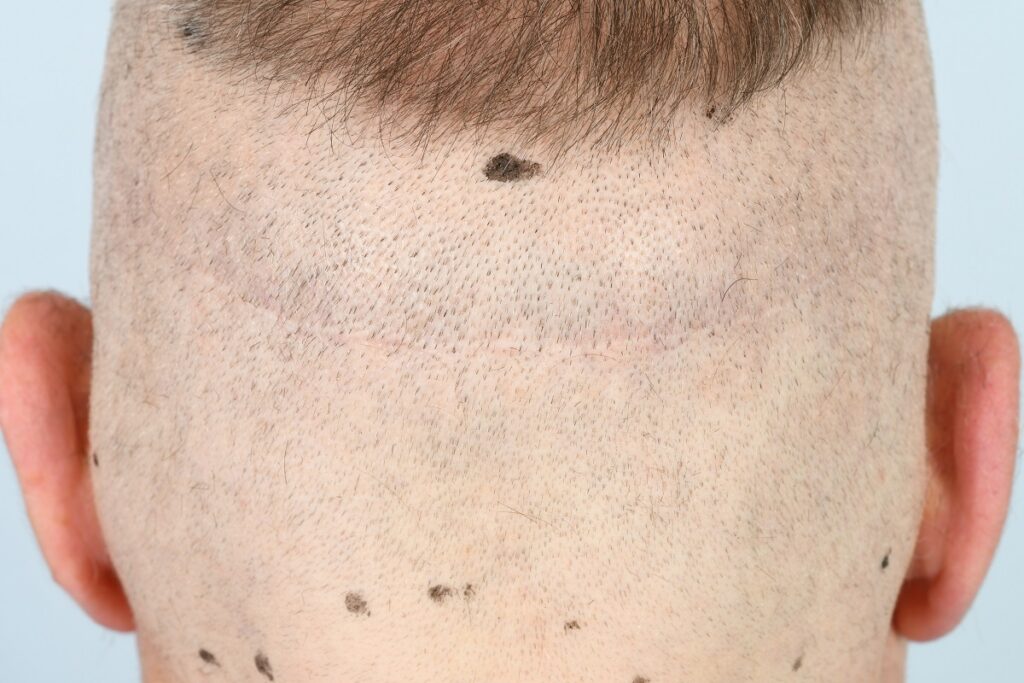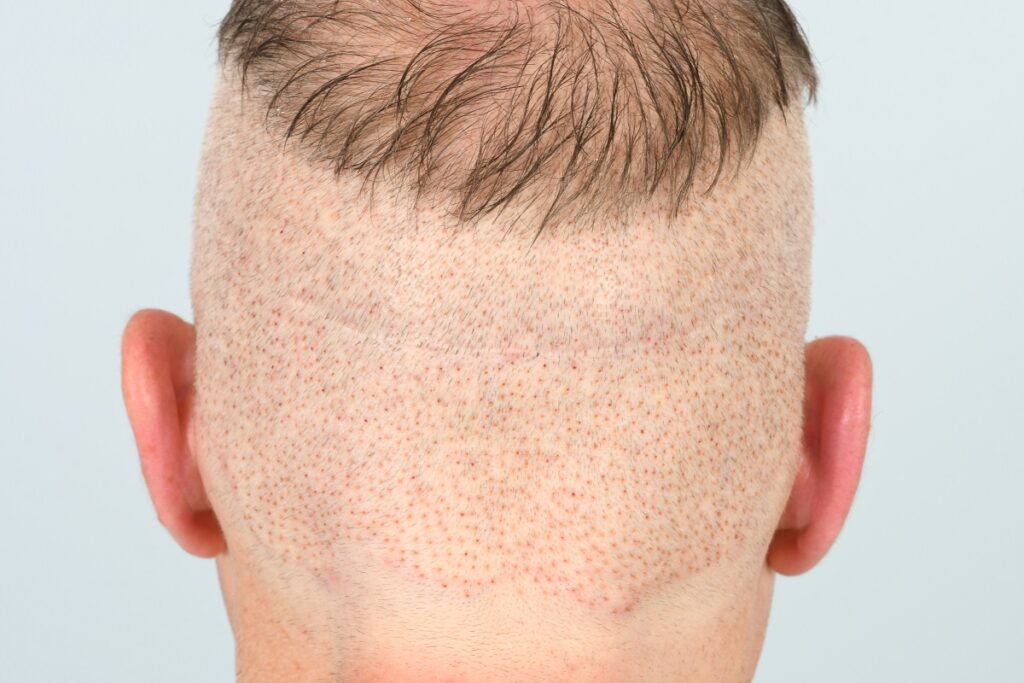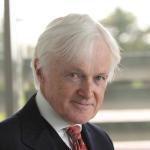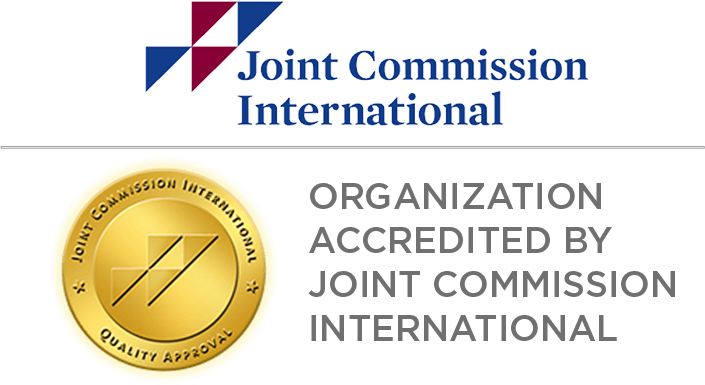The team at HRBR have a number of techniques that can assist with maximising the available donor hair for transplantation.
Limited Donor Hair Supply
A patients donor area is the area not generally affected by the balding process around the back and sides of their scalp. The size and density of this area is the main limiting factor in hair transplant surgery. All patients have a limited supply of donor hair available for transplantation which can vary from patient to patient from 2,000 grafts to over 10,000 grafts.
It is therefore very important to plan and care for each hair graft during hair transplant surgery to ensure maximum density and coverage is achieved in the balding area.
Maximizing the Available Donor Hair Using FUT and FUE
Using both the FUT and FUE techniques of hair graft retrieval, the maximum amount of hair can be retrieved from the donor area over the patient’s lifetime. To maximise grafts using this technique patients will usually undergo FUE surgery first, this is where each hair is harvested from the donor region one by one.
Once all of the available hair is harvested by FUE the surgeon will then return using the FUT (strip) procedure in order to harvest the remaining healthy grafts left in the centre of the donor region.
Each procedure is normally spaced 12-18 months apart to allow the transplanted hair to grow.
Should a 2nd or 3rd strip procedure be undertaken a skilled surgeon will remove the previous scar, therefore always leaving the patient with only one linear scar. This scar is usually well hidden with a scissors cut.
On occasion patients may undergo the FUT procedure in the first instance with a subsequent FUE procedure in order to maximise the number of hair grafts that can be taken.
The team at HRBR remain one of the few hair transplant teams anywhere in the world with the skill set to offer both the FUT and FUE procedures.
Learn more about the differences between FUT and FUE.


Harvesting from the Beard and Body
Once a patients donor hair from around the back and sides of their scalp is used, it is possible to harvest hair from the beard and chest area. However, these are not a primary source of hair for transplantation as the hair in these areas has a different texture and can become noticeable if used on the scalp in too great a number or in an unnatural pattern.
This hair can however have a benefit in adding density behind the hair line in patients with a limited donor supply. For patients who have had poor transplants carried out previously and have depleted their donor supply, beard and body hair can for them be the only option surgically to repair a previous transplant.
Knowing How Much Can be Harvested
A good hair transplant team will plan a patients hair transplant to maximise the number of grafts that can be removed from the donor area without it becoming evident. The theory is that you can lose up to 50% of the hair on your head before it becomes evident and reversely you can harvest up to 50% of the hair from your donor area before this becomes evident. The team at HRBR usually work to a 40% number in most patients to ensure no patient is left with any evident scarring in their donor area. This differs for every patient.
When too much hair is harvested the patient is left with a moth-eaten appearance in the donor area, something which is not an acceptable result for patients.
Why Transplant in Stages and the Benefits of Scalp Massage Prior to Surgery
Patients may question why not transplant everything at once and this is a good question. There is a limit to the amount of hair that can be taken from the scalp in any one procedure that is usually determined by the amount of flexibility in the scalp prior to surgery. For this reason, the doctors and nurses at HRBR ask our patients to carry out scalp massage exercises in advance of surgery to increase the laxity in the scalp.
There is also a limit to how many hair grafts that can be planted in one area at any time. These new grafts rely on a blood supply to survive and grow. If too many grafts are transplanted at once the blood supply is more limited to each graft and its survival may be compromised.
To speak to the team about your hair transplant surgery options contact HRBR on 00353 1 209 1000 or info@hrbr.co.uk
About the Authour

DR Maurice Collins
Consultant Surgeon
MB, B.Ch, BAO, DLO, FRCSI, FRCS, FRCSEd.
Registered with the Medical Council of Ireland
Dr Collins is Medical Director and Team Principal of Hair Restoration Blackrock. He was educated at Belvedere College Dublin and did his undergraduate medical studies at University College Dublin. After graduating as a doctor he trained in General Surgery and received his Fellowship (FRCSI) in this specialty from the Royal College of Surgeons in Ireland.
Find out more about DR Maurice Collins and our team of doctors and surgeons.


